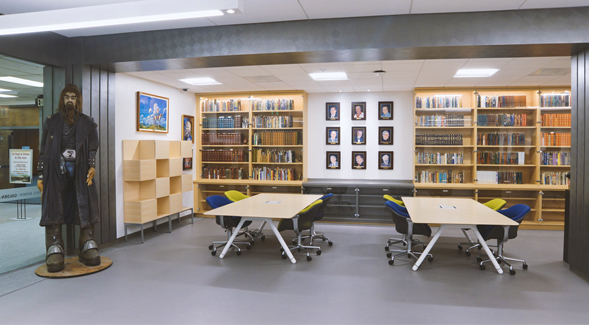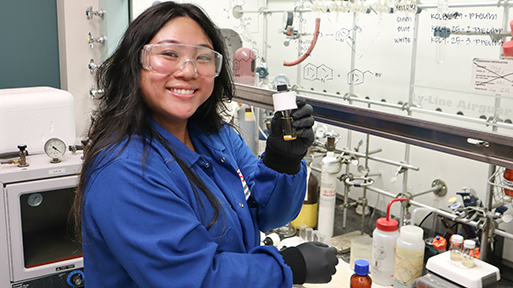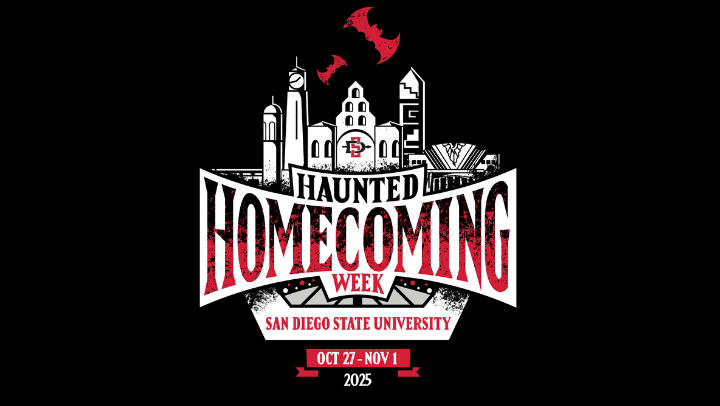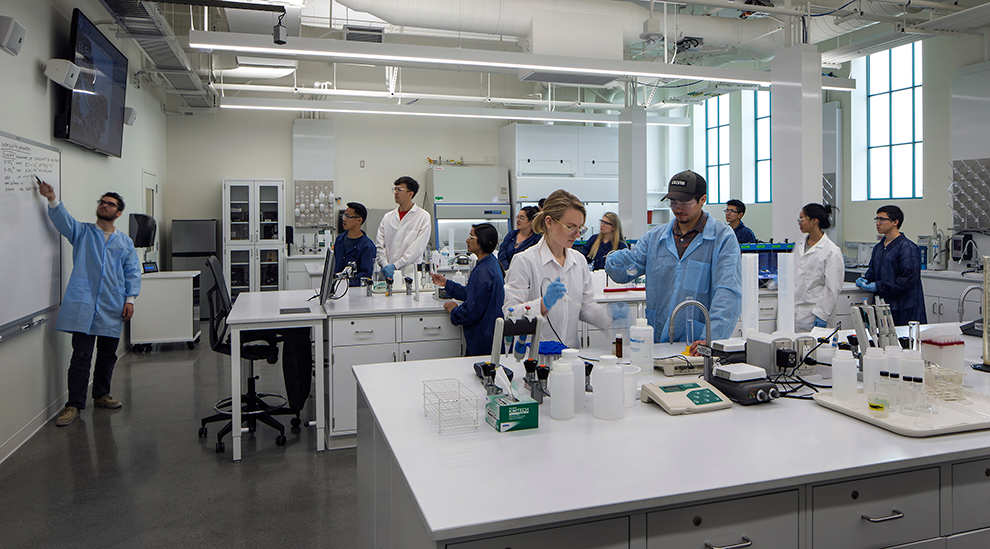SDSU Library Debuts New Science Fiction Room
The Edward E. Marsh Golden Age of Science Fiction Room houses a premier collection of 20th century writers.

The Marsh Room will serve as the main point of contact between the community and SDSU’s Special Collections and University Archives, which is home to Marsh’s collection.
An incredible jewel
Marsh, who attended SDSU in the 1960s, spent 30 years assembling his $2.25 million collection of signed and inscribed first editions by science fiction greats, including Arthur C. Clarke, Ray Bradbury, Isaac Asimov, Jules Verne and H.G. Wells. Included are the fiction and non-fiction writing of L. Ron Hubbard, founder of the Church of Scientology. Marsh gifted the entire collection to SDSU in 2013.“This is an incredible jewel, not just for science fiction fans, but also for students and researchers in the fields of science, technology, politics, religion, philosophy, journalism and even theatre and film,” said Gale Etschmaier, dean of the Library and Information Access.
Donald Westbrook, who received a Ph.D. in religious studies from Claremont Graduate University in 2015, called the collection “a preeminent resource for scientology studies [which] continues to receive fuller academic attention as one of many American-born new religious movements.” His book about the Church of Scientology is due out next year from Oxford University Press.
Living history
The Marsh collection is a recent addition to SDSU’s Special Collections, a repository for more than 80,000 printed volumes, over 500 manuscript and archival collections, 800 linear feet of university records, plus numerous graphic and digital collections and ephemera.Etschmaier said relocating Special Collections to the library space in and around the Marsh Room will strengthen SDSU’s role as a source of “living history”—the documents, photos, letters, newspaper clippings and oral accounts that enable researchers to understand the past through their own critical senses rather than through another’s interpretation.



